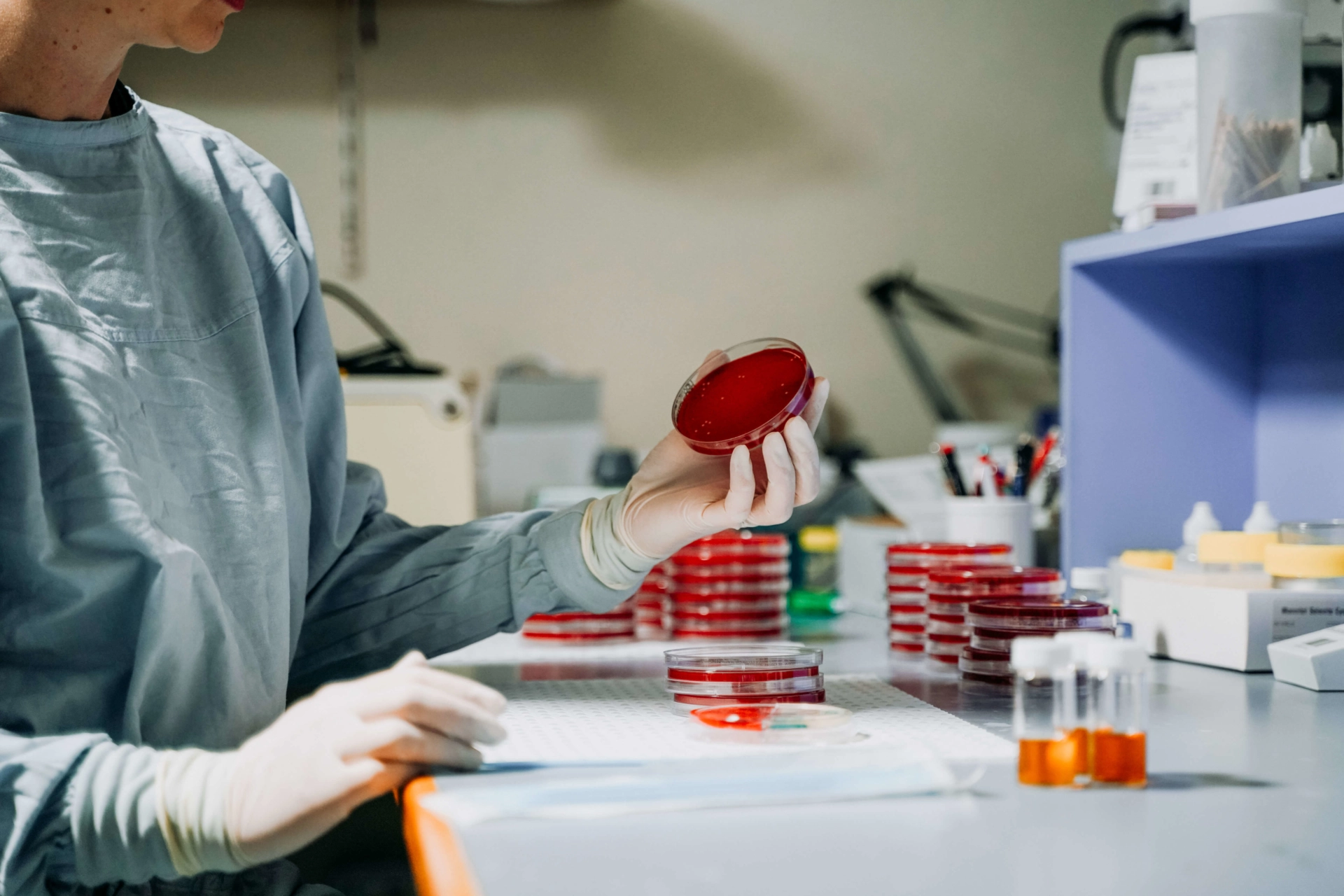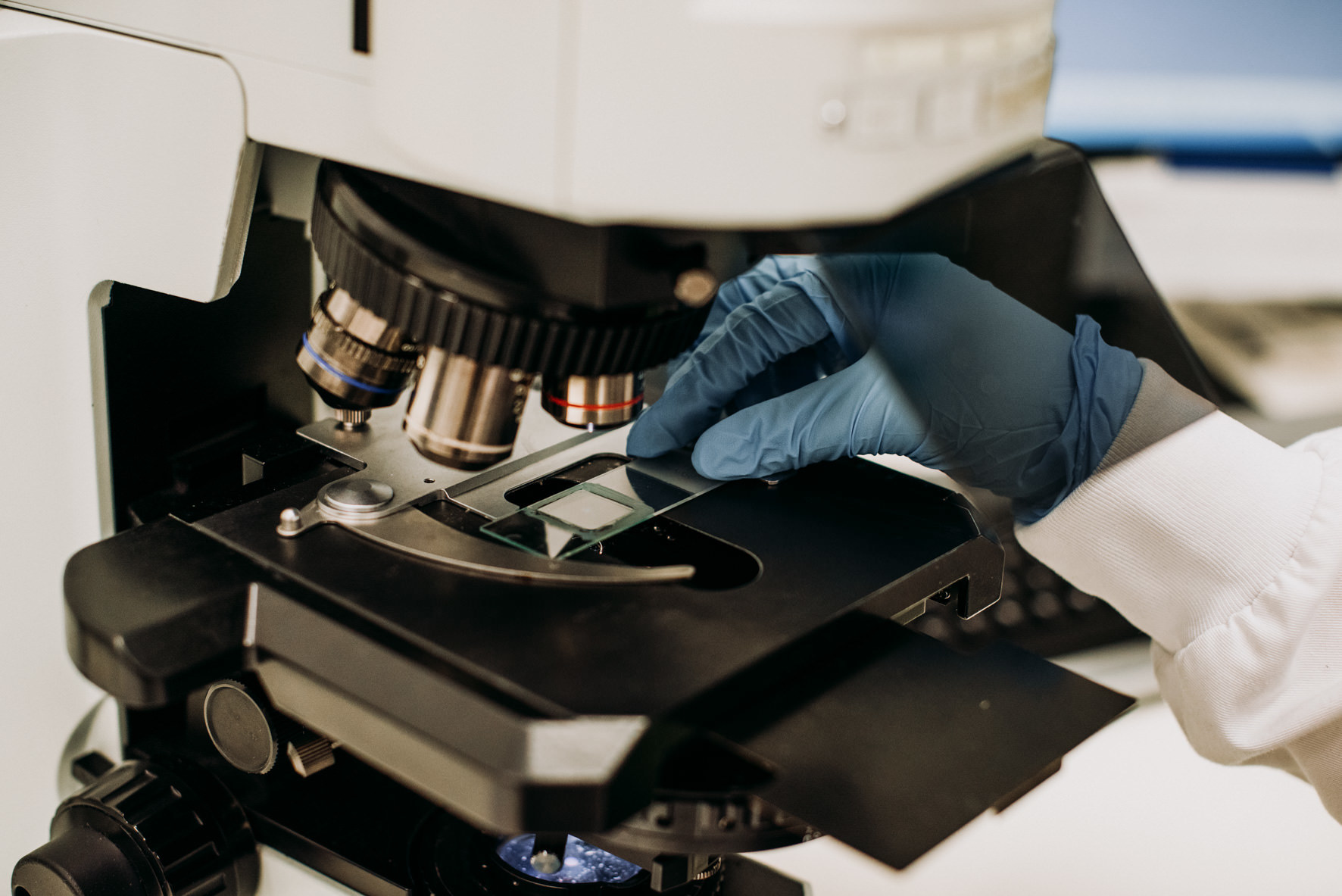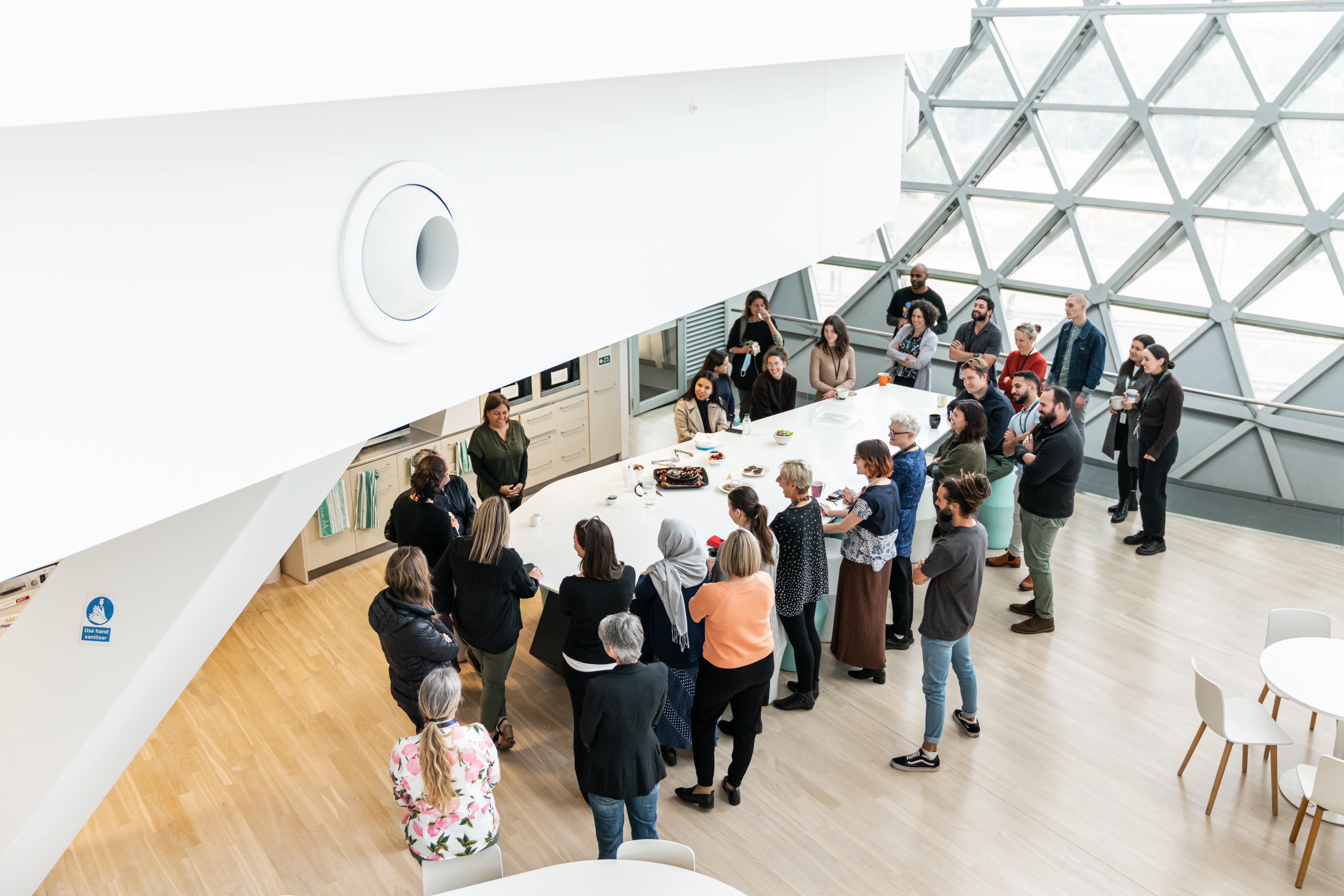Microbes impact human health in two major ways. As pathogens, microbes can cause serious infectious diseases which remain an enormous burden on human health in Australia and globally.
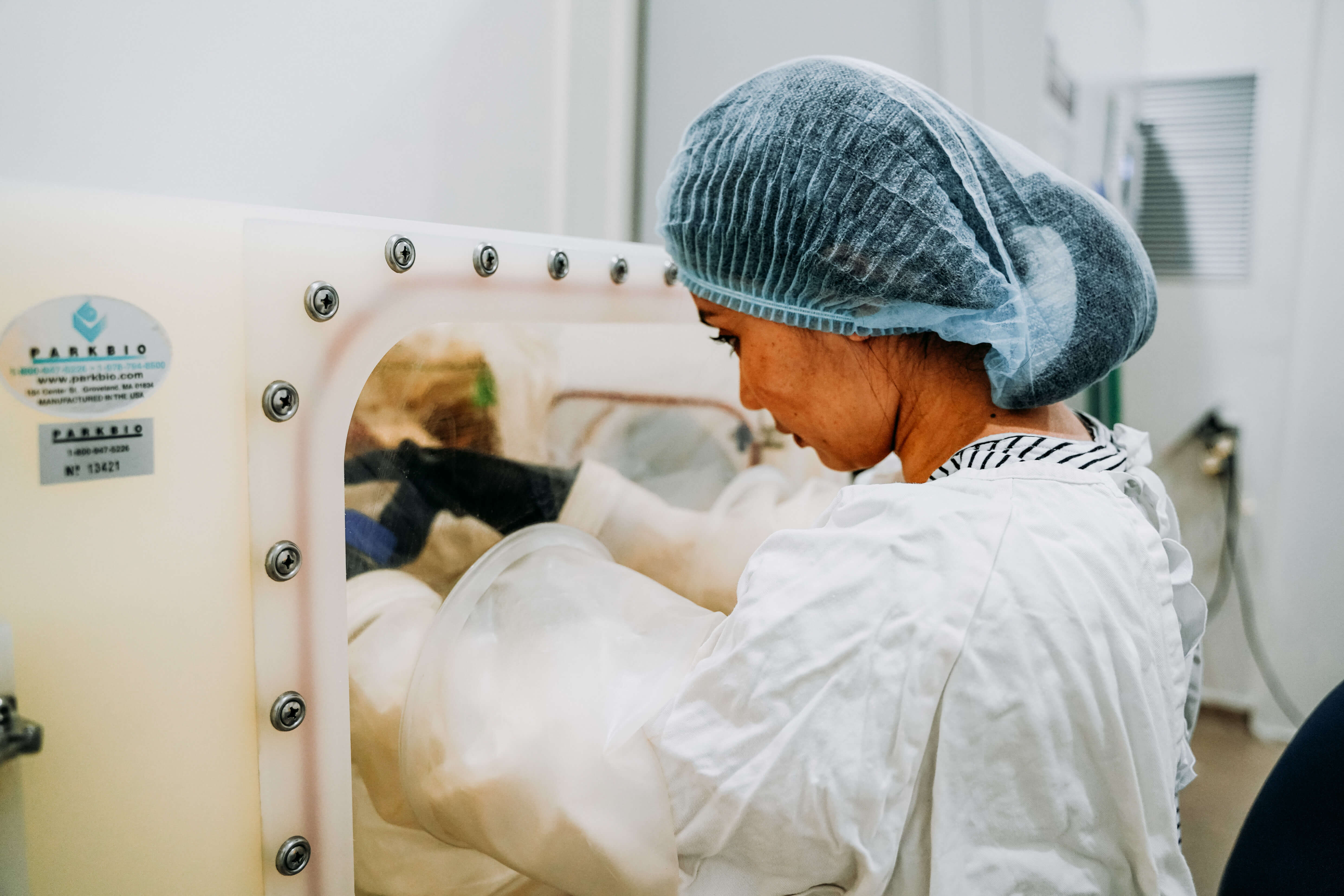
The World Health Organisation estimates that infectious disease kills more than 8 million children under 5 each year.
More recently, it is also becoming apparent that commensal microbes play significant and previously under-appreciated roles in regulating immunity and human health.
The Lynn Systems Immunology group applies systems immunology approaches to investigate how microbes (pathogenic and commensal) modulate the immune system in a range of contexts from infant immunisation to cancer immunotherapy. The team’s research spans from computational modelling and bioinformatics software development to preclinical mouse models (including germ-free mice), to leading clinical studies.
The Lynn Systems Immunology Group is led by Professor David Lynn, who has worked in Canada, Ireland and Australia, applying computational and experimental systems biology approaches to investigate the immune system and more recently, cancer. Prof. Lynn is also Director of the Computational and Systems Program at SAHMRI, the Scientific Director of the SA Genomics Centre and is a Professor at the Flinders College of Medicine and Public Health.
Together with their collaborators worldwide, the team has uncovered unprecedented insight into the regulation of innate and adaptive immune responses by many different pathogens of significant importance to global health including Ebola, typhoid, malaria, non-typhoid salmonella, neonatal sepsis, dengue, Zika and SARS-CoV-2, as well as pathogens of importance for food security. The team has also recently reported on the long-term immune dysregulation in patients suffering from long COVID.
Prof. Lynn is also the Principle Investigator in South Australia for the international Bill and Melinda Gates Foundation-funded BRACE randomised controlled trial, investigating whether BCG provides non-specific protection against SARS-CoV-2.
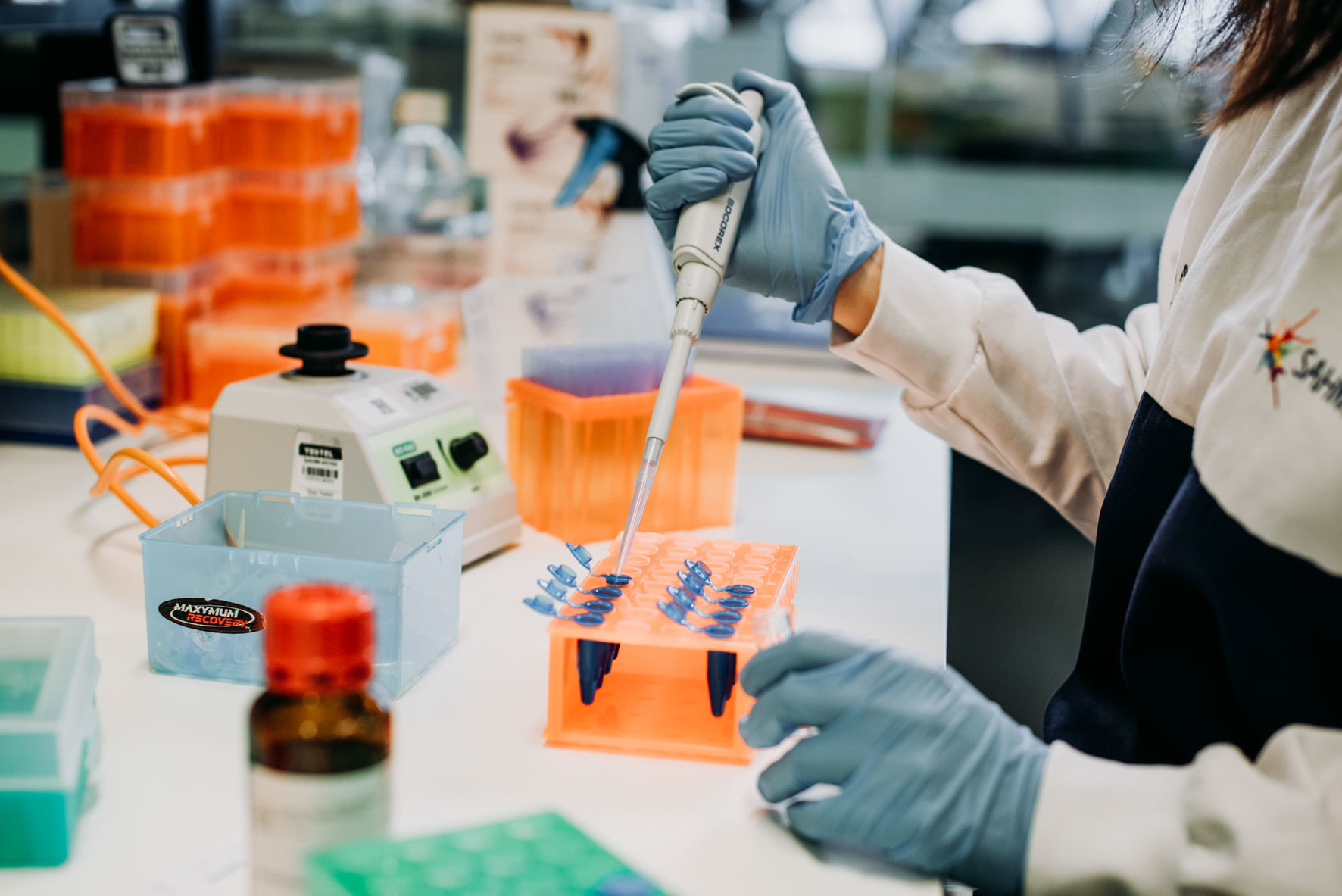
The team’s recent focus on host-commensal interactions has led to major new discoveries including the influence of the gut microbiota on vaccine responses and cancer immunotherapies (Cell Host Microbe, 2018; Cell Reports 2021; Nature Reviews Immunology 2021; Cell Reports Medicine 2021). These recent discoveries have already led to international patent applications, new clinical studies in infants and collaborations with major international pharmaceutical companies.
Many of the team’s studies rely on high-throughput systems immunology approaches to investigate immune responses at a systems scale. Such approaches are simply not possible without advanced computational tools to process, integrate and visualise the data. A major research focus is therefore on the development of advanced computational resources to enable systems immunology, not only for our own research but for researchers globally. An exemplar of this software is InnateDB, a systems immunology platform and curated knowledgebase which has more than 40,000 users worldwide. The team has also developed a range of software in the network biology space including applications for dynamic network analysis and visualisation (DyNet).
The Lynn Systems Immunology Group has also developed software for proteomics and one of the first bioinformatics tools for the analysis of spatial transcriptomics data (Cell Systems 2018). The group has led the computational biology aspects of a major European Commission-funded project investigating how to model and then therapeutically target protein interaction networks in colorectal cancer (Nature Communications 2020).
Software & Resources
Systems biology platform for innate immunity and beyond. Pathway, Gene Ontology and Network Analysis & Visualisation tools all freely available. More than 30,000 molecular interactions of relevance to innate immunity manually annotated plus another 300,000 imported interactions representing the entire human and mouse interactome.
A Cytoscape application that provides a range of functionalities for the visualization, realtime synchronization and analysis of large multi-state dynamic molecular interaction networks enabling users to quickly identify and analyse the most ‘rewired’ nodes across many network states.
A light-weight JavaScript plug-in that extends Cytoscape.js to enable fast and interactive visualisation of molecular interaction networks stratified based on subcellular localisation or other custom annotation. The application is designed to be easily integrated into any website and is configurable to customise the network visualisation.
A platform for investigating dynamic re-wiring of PPI networks in cancer. Not currently publicly available.
Find nodes in a network that are more connected to contextually relevant nodes than statistically expected by chance.
Learn about the High-throughput SILAC analysis tool here.
R-based Pathway Analysis tool. Uses statistically over-represented gene-pair signatures to identify more biologically relevant pathways in omics dataset.
Enables users to easily construct and visualize a network of interactions from a gene or protein list of interest, integrate contextual information such as gene expression or mass spectrometry data, and identify hub nodes that are more highly connected to contextual nodes (e.g. genes or proteins that are differentially expressed) than expected by chance.
Converts in situ sequencing data into interactive network-based visualizations, where each transcript is a node in the network and edges represent the spatial co-expression relationships between transcripts. InsituNet profiles and facilitates comparison of different 2D tissue regions by identifying spatial co-expressions that occur between transcripts both significantly more, and less, than statistically expected, given the frequency of the transcripts in the tissue.
